|
Photos by Gregorian Lytton March is National Kidney Awareness Month and because of that Gregorian Lytton is doing a fundraiser for The American Kidney Fund. He is taking people's photos for a small donation. If you are a regular reader or you love SL cars then you know Gregorian is the man behind GQueue Motors (my favorite car store).
PRICE LIST FOR PHOTOS: Single - $L350 Couples - $L500 Groups up to 4 - $L750 Business Logo - $L 1000 Large Groups - Please contact Gregorian Lytton Below you will fine some interesting information about the 5 stages of Kidney Disease. Kidney failure is a slow process that happens over time. There are 5 stages: Stage 1 with normal or high GFR (GFR > 90 mL/min), Stage 2 Mild CKD (GFR = 60-89 mL/min), Stage 3A Moderate CKD (GFR = 45-59 mL/min), Stage 3B Moderate CKD (GFR = 30-44 mL/min), Stage 4 Severe CKD (GFR = 15-29 mL/min), Stage 5 End Stage CKD (GFR <15 mL/min). There is no cure for CKD but you can try to slow down it's progression. Stage 1: Most people will not know they have CKD unless they get tested for diabetes or high blood pressure. These two illnesses are the leading cause of CKD. Some of the ways to discover stage 1 CKD are: higher than normal levels of creatinine or urea in the blood, Blood or protein in the urine, evidence of kidney damage in an MRI, CT scan, ultrasound or contrast X-ray, and a family history of polycystic kidney disease. There are some ways to treat CKD. Regular testing and eating healthy can help. Keep your blood pressure at a healthy level (125/75 for those with diabetes, 130/85 for non-diabetes and non-proteinuria, or 125/75 for non-diabetes with proteinuria). Mine is always a perfect 120/80 BP. I am pretty proud of that. Keeping blood sugar and diabetes under control will help. Have regular checkups and take your medication. Also, exercising and stopping smoking are great ways to help. Stage 2: As with stage 1, in stage 2 your kidneys are still functioning very well. You may not even know you have CKD at this stage unless you get tested or have other signs. The testing, ways to discover CKD, and ways to help treat it are the same as stage one. Stage 3: When a person get to stage 3 the complications begin. The kidney function starts to decline and waste can start to build up causing uremia. In stage 3 people can begin to develop high blood pressure, anemia, and/or early bone disease. With stage 3 CKD symptoms are likely to show up. These symptoms include: fatigue, fluid retention, swelling of extremities and shortness of breath, urination changes (foamy; dark orange, brown, tea-colored or red if it contains blood; and urinating more or less than normal), kidney pain felt in their back, and sleep problems due to muscle cramps or restless legs. As stage 3 progress the person should see a nephrologist. Stage 4: Stage 4 CKD is advanced and will require dialysis or a kidney transplant in the near future. People having stage 4 CKD can develop heart disease and other cardiovascular diseases. There are many symptoms with stage 4 CKD. They include all the stage 3 symptoms along with: nausea and/or vomiting, taste changesa metallic taste in the mouth, bad breath due to urea buildup in the blood, loss of appetite, difficulty in concentrating, and nerve problems. There are three treatments for stage 4 CKD. They are hemodialysis, peritoneal dialysis, or a kidney transplant. Stage 5: Stage 5 is the last stage. A person in this stage has lost all kidney fuction and will need dialysis or a transplant to survive. A person with stage 5 has end stage renal disease (ESRD). The symptoms of stage 5 are: loss of appetite, nausea or vomiting, headaches, being tired, being unable to concentrate, itching, making little or no urine, swelling, especially around the eyes and ankles, muscle cramps, tingling in hands or feet, changes in skin color, and increased skin pigmentation. Stage 5 CKD also means the kidneys are not producing vitamin D for healthy bones. As you can see it is very important to get your checkups, take your medications, and get the proper testing. More than 2 million people die every year because they did not get the proper treatment. Only about half get the treatments they need to survive. Key Terms: CKD = Chronic Kidney Disease GFR = Glomerular Filtration Rate Proteinuria = the presence of abnormal quantities of protein in the urine, which may indicate damage to the kidneys Uremia = a raised level in the blood of urea and other nitrogenous waste compounds that are normally eliminated by the kidneys Anemia = Anemia is a condition that develops when your blood lacks enough healthy red blood cells or hemoglobin Edema = medical term for swelling Restless legs = a sleep disorder that causes an intense, often irresistible urge to move your legs, often accompanied by other sensations in the legs such as tingling, pulling, creeping, or pain Nephrologist = Kidney specialist Peritoneal dialysis (PD) = when a cleansing fluid (dialysate) is circulated through a tube (catheter) inside part of your abdominal cavity (peritoneal cavity). The dialysate absorbs waste products from blood vessels in your abdominal lining (peritoneum) and then is drawn back out of your body and discarded Hemodialysis = kidney dialysis End Stage Renal Disease (ESRD) = last stage of chronic kidney disease Source: https://www.davita.com/education/kidney-disease/stages https://www.sciencedaily.com/releases/2015/03/150313130853.htm
0 Comments
Leave a Reply.Archives
January 2024
Categories |

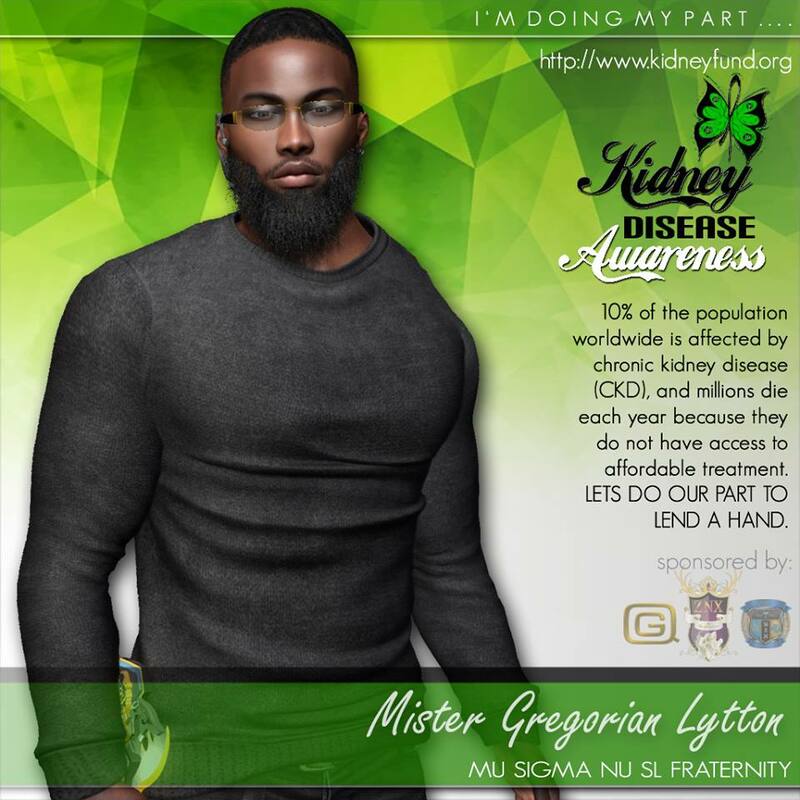
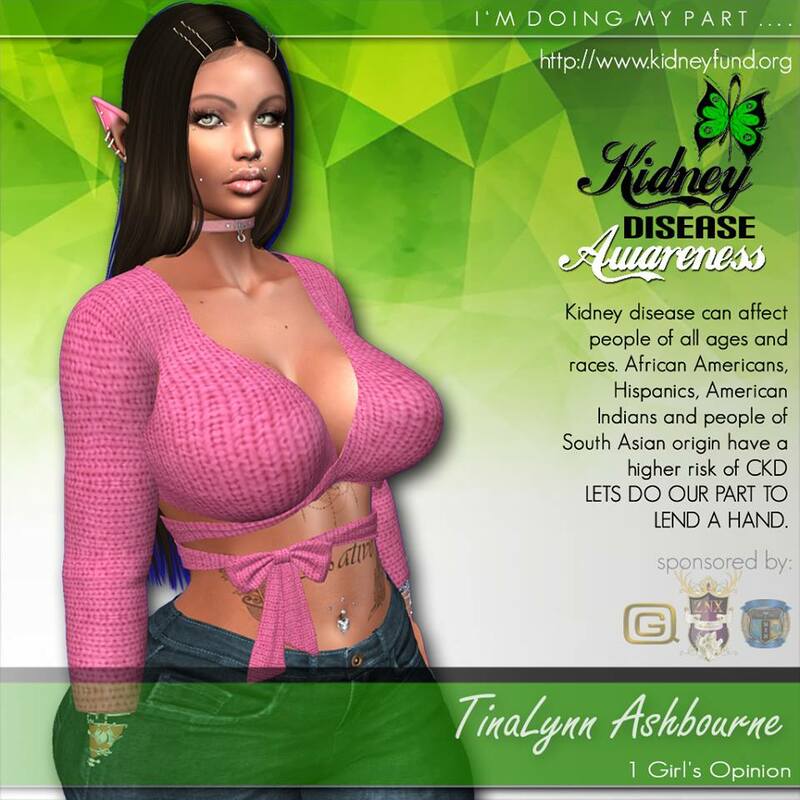
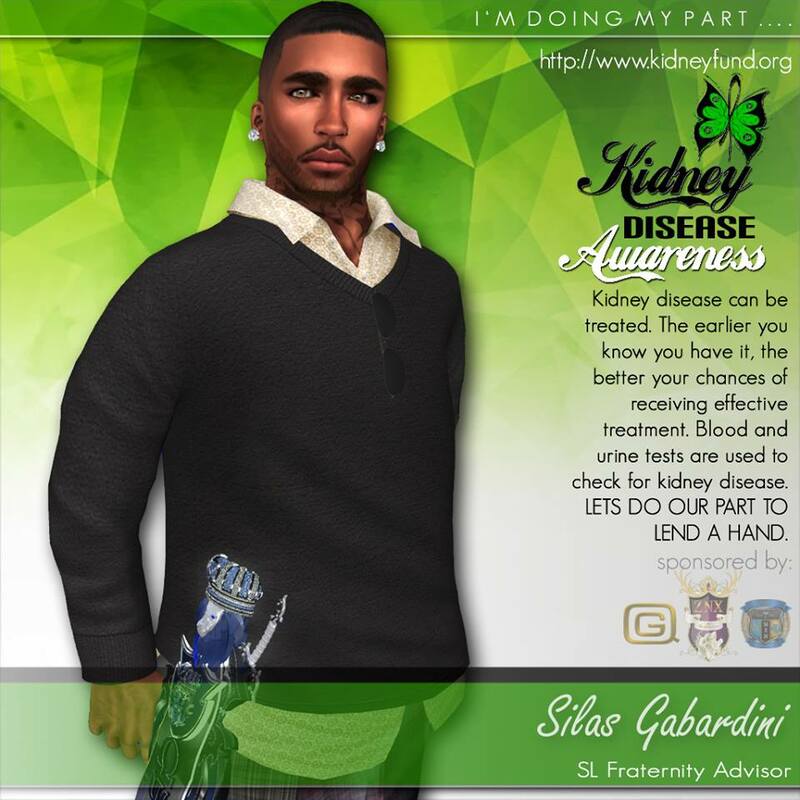
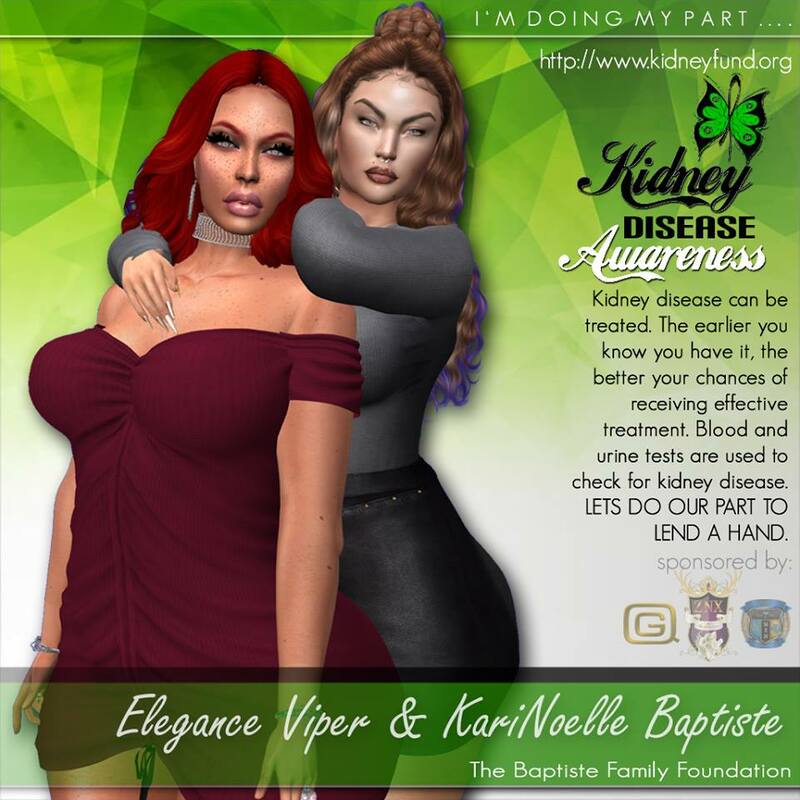
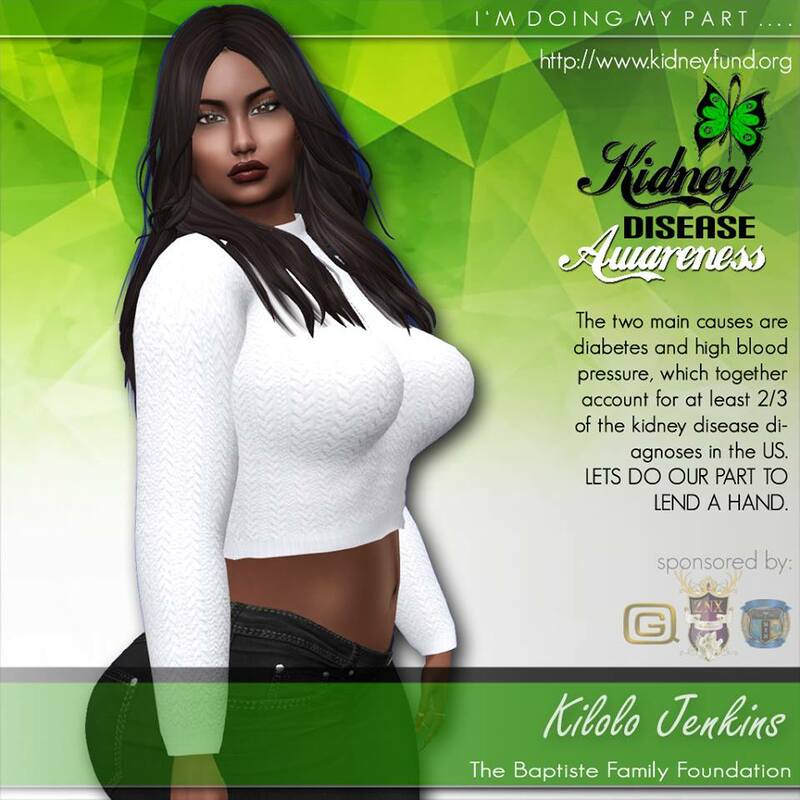
 RSS Feed
RSS Feed